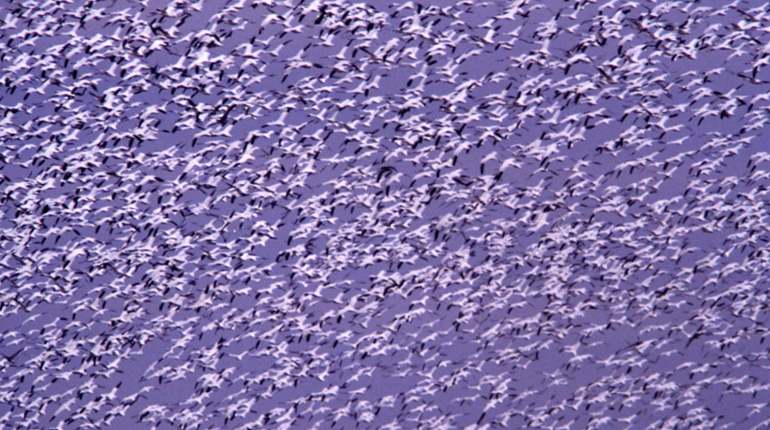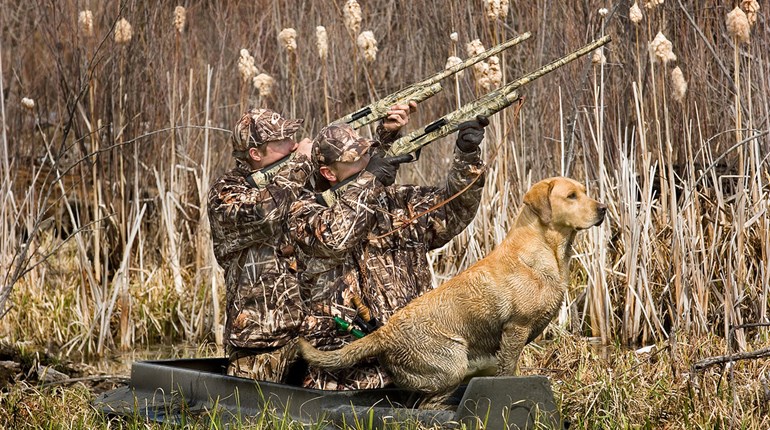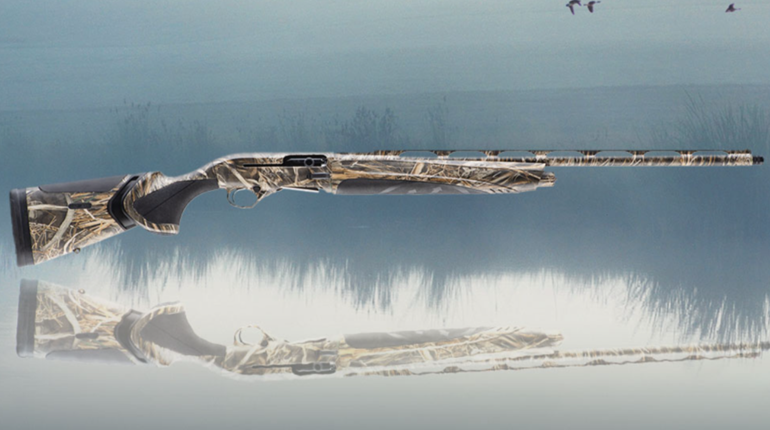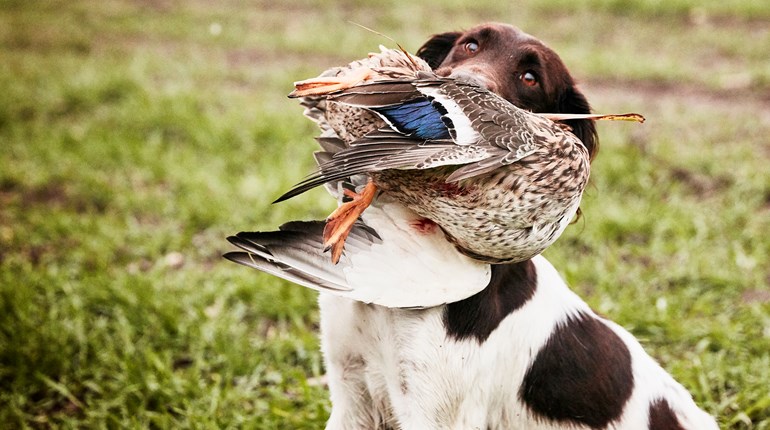
Is the reign of the layout blind coming to an end? More hunters are starting to think educated ducks and geese have learned to spot layout blinds and avoid them.
So what can you do when birds flare from your coffin-style blinds as though the Grim Reaper were standing in your spread? Leave the layout at home and get into an A-frame blind instead. You may never go back to lying on your back.
I’m not suggesting you toss the layout in the trash, but it’s time to admit the layout is not the do-it-all solution it once was. For most situations in which a layout system would be used, a simple A-frame blind, constructed of T-posts and two sheets of chicken wire covered in grass, deployed in an “A” shape for concealment, can be more effective for piling up the birds. Here’s why.
• An A-frame blind, commercial or homemade, can conceal more hunters than a single-man layout blind. You can build an effective A-frame that will hide 4-5 hunters for less than the cost of a single layout blind.
• Regardless of crop color and crop height, an A-frame blind can be placed in any field. Despite its apparent size, an A-frame is easy to hide and can be adapted to blend into many different landscapes by adding some of the surrounding natural vegetation the same way you would conceal a layout. Once set up, it resembles a swath of tall grass or uncut crop, which farmers commonly leave untouched in low or swampy locations.
• An A-frame blind is more comfortable because it allows you to sit on a stool rather than strain your back in a lay-down position. Once the birds are in range, simply stand and shoot. And because hunters are more elevated in an A-frame, they have a larger range of motion for shots in front, to the sides and behind.
• A single A-frame blind is more portable than four or five layout blinds as all of its components—T-posts and grassed poultry wire—can fit into a single, Beavertail-style drag sled. Once in the field, setting it up is fast and easy. Simply hammer in the T-posts with a mallet, and place the grassed poultry wire on top of them. Add some natural veg to the outside, set your seats inside and get ready to pound the birds.





































